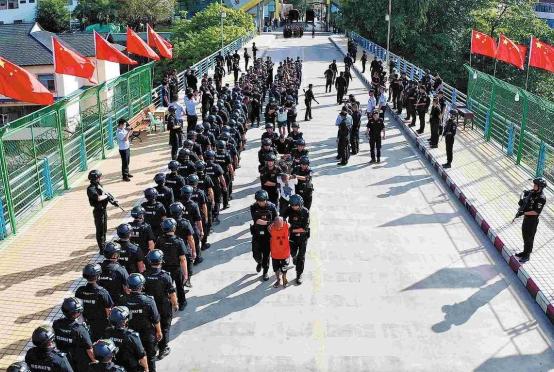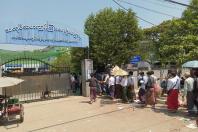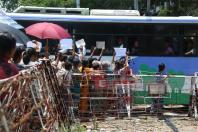
The StraitsTimes/ANN
WASHINGTON - In a bad case scenario, East Asia and the Pacific could see up to 11 million people driven into poverty, with low wage and informal sector workers the most vulnerable, the World Bank warns in a report on the economic impact of the Covid-19 pandemic.
The World Bank calculated two different scenarios for the region - a "baseline" referring to severe growth slowdown followed by a strong recovery, and a "lower-case" or a deeper contraction followed by a sluggish recovery.
It estimates that under the baseline growth scenario, nearly 24 million fewer people will escape poverty across the region in 2020 than would have been the case in the absence of the pandemic, using a poverty line of US$5.50 (S$7.83) a day.
And if the economic situation deteriorates further, and the lower-case scenario prevails, then prior projections estimating nearly 35 million people would escape poverty in East Asia and Pacific in 2020, including over 25 million in China alone, are essentially nullified.
"A region that's been growing at steady 6 per cent overall could see, even in our baseline scenario, as much as 4 percentage points cut off the growth rate," Mr Aaditya Mattoo, the World Bank's Chief Economist for East Asia and the Pacific, told journalists on Monday (March 30) in a conference call.
"And in a lower-case scenario, you could see contraction for the first time in decades, and as many as 11 million people could be driven into poverty," he said.
"And even if you see growth, thousands of tourism workers in Thailand, garment workers in Cambodia could be pushed below the poverty line," he added.
"The worst suffering could be for informal workers, people who are...invisible and very hard to go identify, find, and help."
One key policy recommendation from the World Bank is that countries should take an integrated view of containment and macroeconomic policy, rather than see them as separate instruments for separate goals, Mr Mattoo said.
"Today the priority is containment, but to reach that you can rely not just on social isolation and shutdown, but fiscal measures, like sick pay and health spending, could help attain that goal more effectively."
INVEST IN TEST AND TRACK
And he stressed that "the more we invest today in the capacity to test and track... learning from the experience of countries like the Republic of Korea and Singapore... the earlier it will be possible to phase out the stringent restrictions that are necessary to date".
"It is not too late to create such capacity, and this thing is not rocket science; with help, even poorer countries can do it," he said.
"Beyond that, health policy needs to be innovative to enhance the capacity of hospitals, personnel and medical goods," he added.
"This is an exceptional shock. It needs an exceptional response, in terms of bold national action, deeper international cooperation, and high levels of external assistance."
"Financial policy needs to be liberal forbearance today, easier access to credit, but greater transparency and disciplines to ensure that the seeds of financial instability are not sowed," Mr Mattoo said.
The World Bank's analysis, titled "East Asia and Pacific in the Time of Covid-19" focuses on developing countries and is based on country-level data as of March 27.
The depth and duration of the economic shock are unusually uncertain, it notes.
"Growth in China is projected to decline to 2.3 per cent in the baseline and 0.1 per cent in the lower-case scenario in 2020, from 6.1 per cent in 2019," the report says.
"Growth in the rest of the developing EAP (East Asia and Pacific) region is projected to slow to 1.3 per cent in the baseline and to negative 2.8 in the lower-case scenario in 2020, from an estimated 4.7 per cent in 2019.
"Containment of the pandemic would allow recovery, but the risk of durable financial stress is high even beyond 2020," the report says.
"Most vulnerable are countries that rely heavily on trade, tourism, and commodities; that are heavily indebted; and that rely on volatile financial flows."
In the lower-case scenario, this year the Philippines, Papua New Guinea, Indonesia, Malaysia, Timor Leste and Thailand will slip into negative territory.
Thailand would be worst off with -5 per cent. Thailand would suffer a -3.0 per cent contraction under the baseline scenario.
Malaysia will see a -4.6 per cent contraction in a lower-case scenario, followed by Timor Leste with -4.0 per cent and Indonesia with -3.5 per cent.
"We do see that in China there is relative success in containment, and... I would say, more than 70 per cent of large enterprises have begun production, but they're not operating at full capacity. Small and medium enterprises are still struggling. That is positive," Mr Mattoo said.















